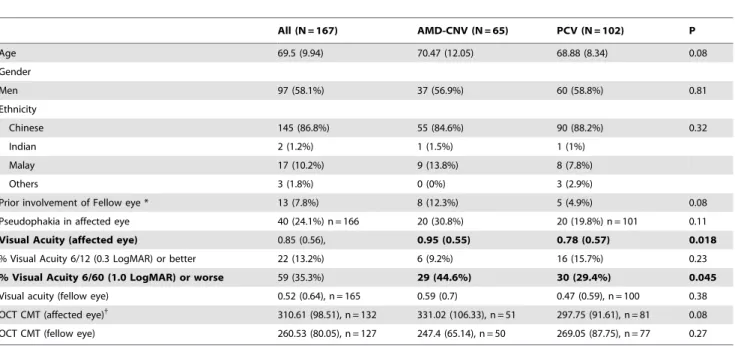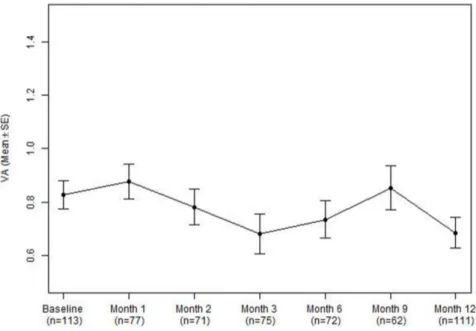A prospective study of treatment patterns and 1-year outcome of Asian age-related macular degeneration and polypoidal choroidal vasculopathy.
Texto
Imagem


Documentos relacionados
Association of complement factor H and LOC387715 genotypes with response of exudative age- related macular degeneration to photodynamic therapy.
FIGURE 20- NETWORK REPRESENTATION OF AN ENRICHMENT ANALYSIS FOR P4T GENES RELATED KEGG CELLULAR PATHWAYS PERFORMED WITH CYTOSCAPE PLUG-IN CLUEGO
Essa segunda possibilidade, que talvez nos afigure mais como ingênua do que utópica, nos leva até o segundo traço, isto é, à articulação feita por Antonio Candido na Formação
Macular Photocoagulation Study Group: Laser photocoagulation of subfoveal recurrent neovascular lesions in age-related macular degeneration: Results of a randomized clinical
In the eye, degeneration of neural cells in the retina is a hallmark of such widespread ocular diseases as age-related macular degeneration (AMD) and retinitis pigmentosa. Bone
Comparing outcomes in patients with subfoveal choroidal neovascularization secondary to age-related macular degeneration treated with two different doses of primary
revealed a signiicant efect of zinc and antioxidants on the deve- lopment of advanced age-related macular degeneration (AMD) in patients with early signs of the disease and
Purpose: This study aimed to evaluate the association of age-related macular degeneration (AMD) with apolipoprotein E (APOE) variants and serum lipid pro- files, including levels